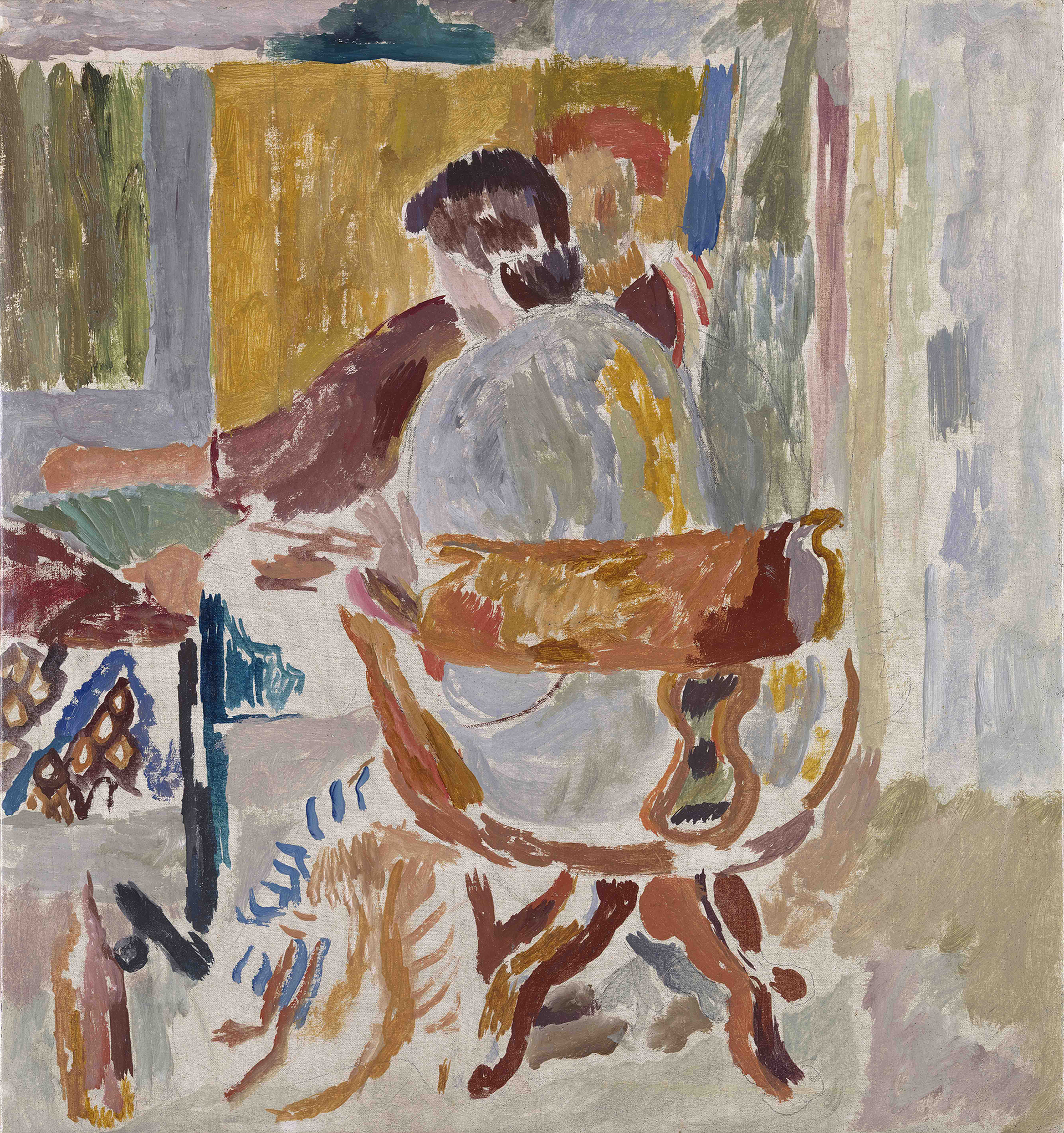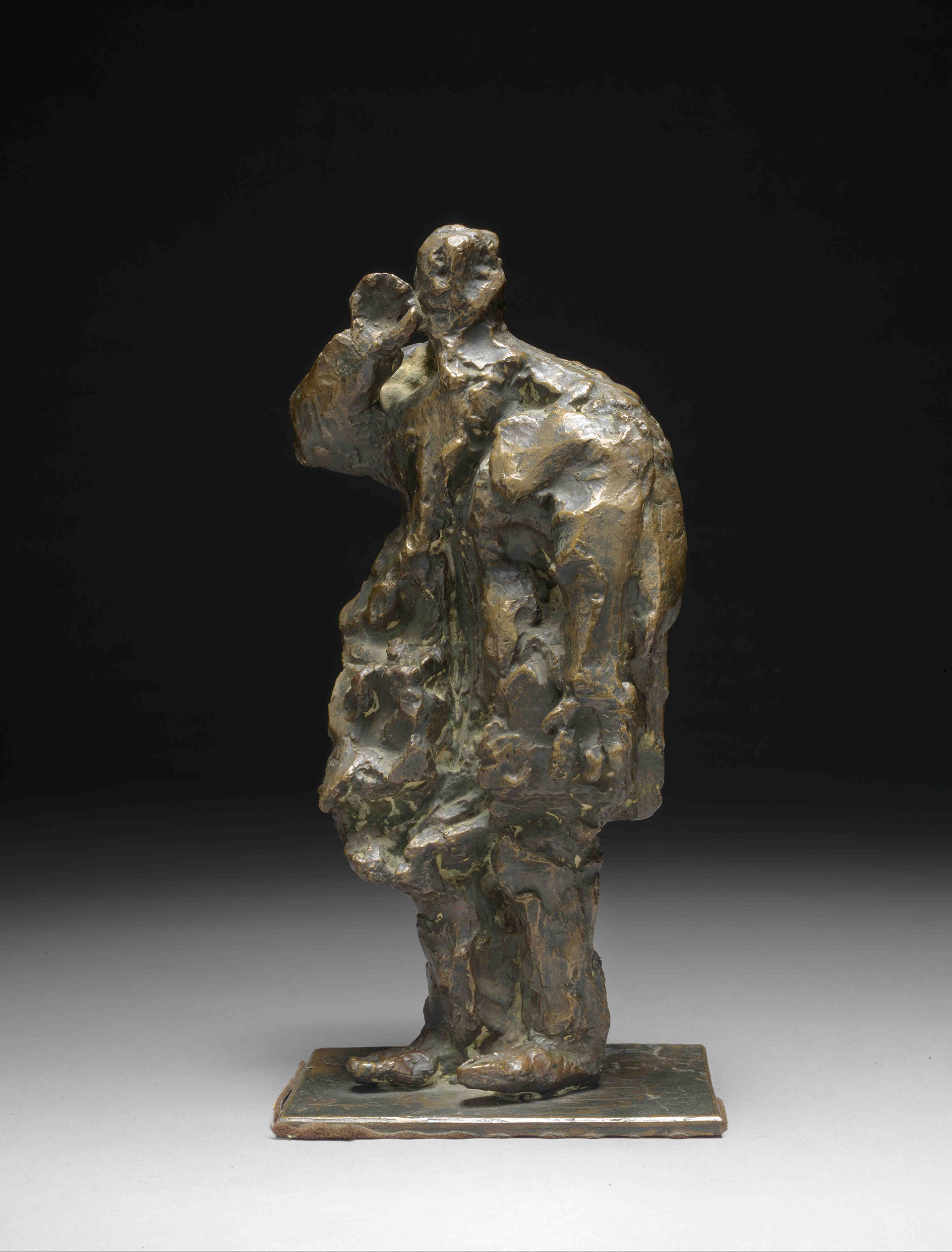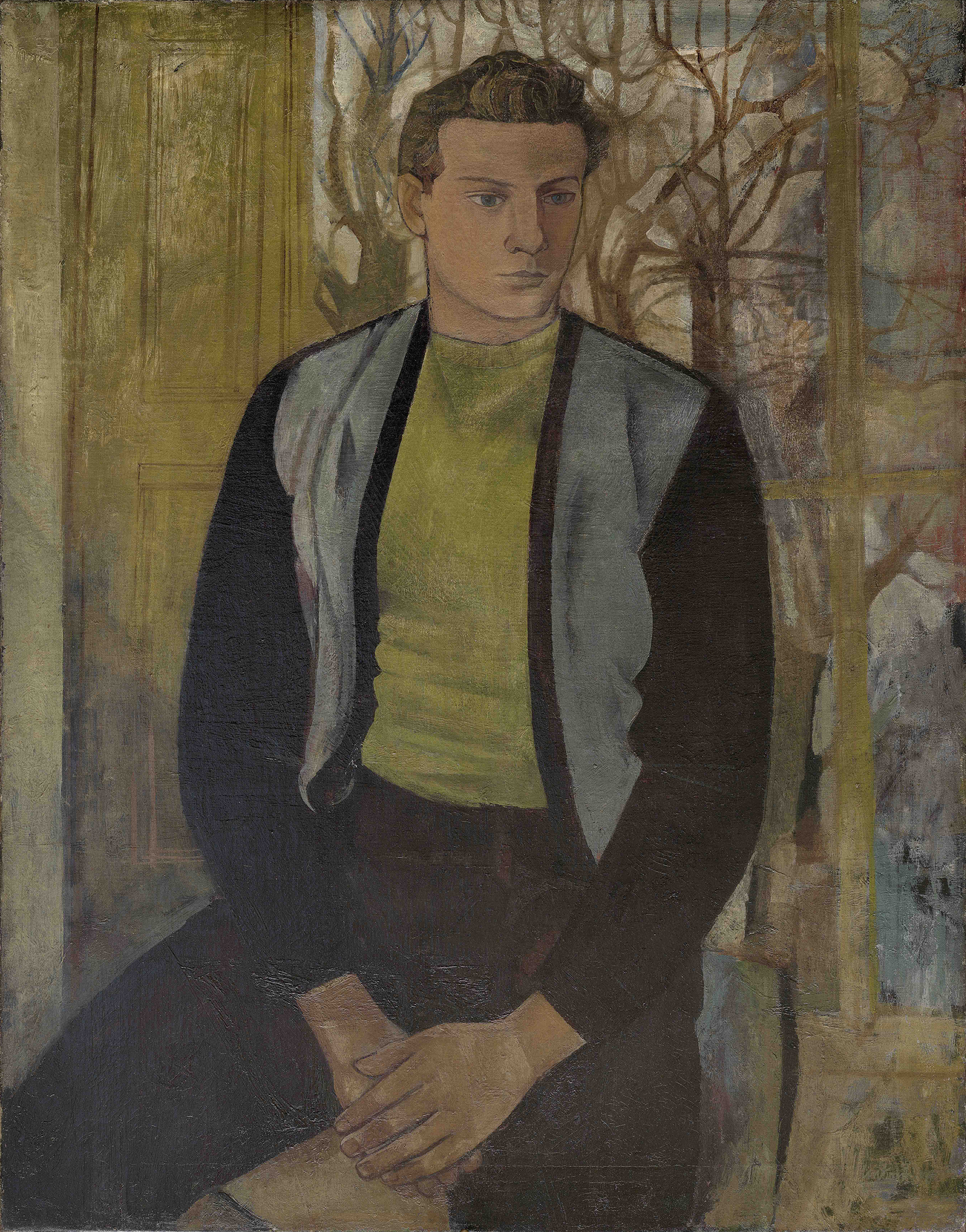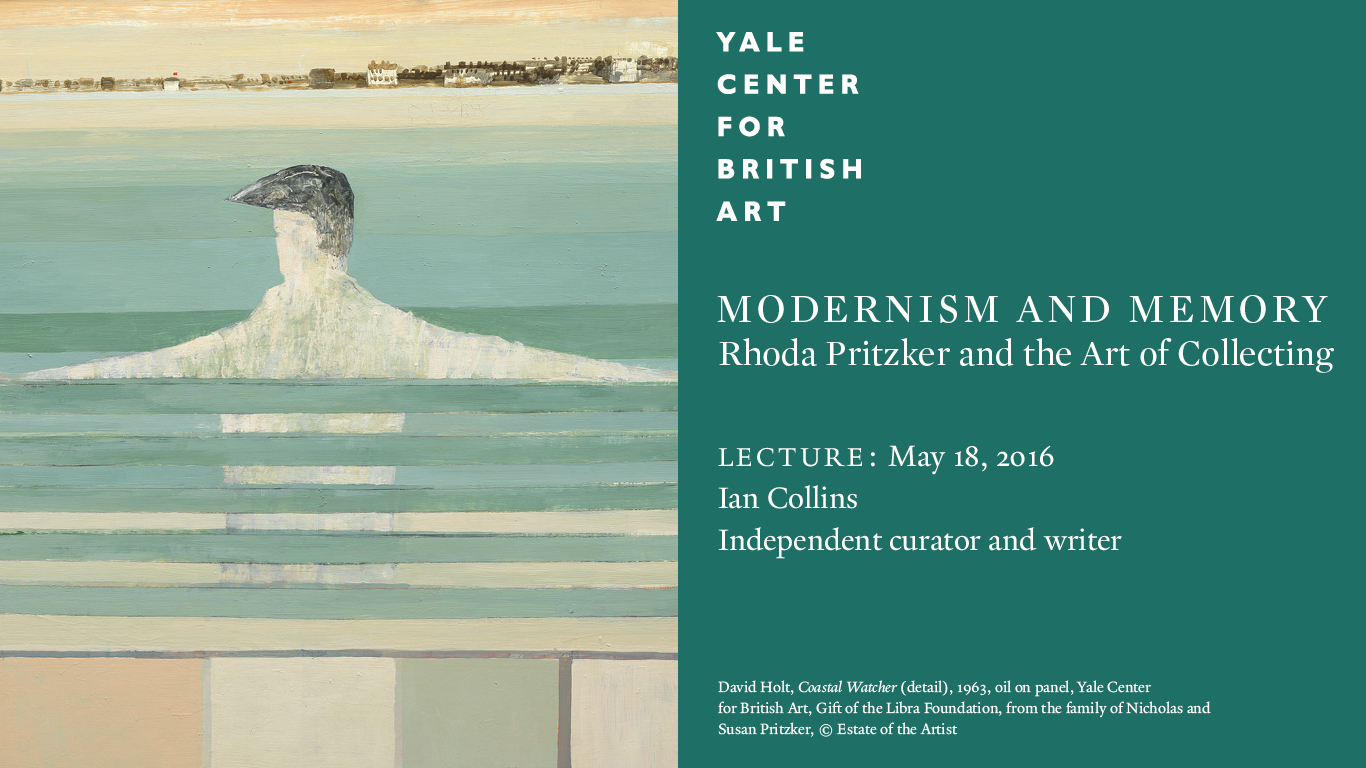Rhoda Pritzker (1914–2007), born in Manchester, England, was a journalist and short story writer who immigrated to America in 1940. Marrying into a Chicago-based family of financiers and philanthropists, she became an important philanthropist in her own right, supporting education, the arts, and animal rights. As a collector, she never lost touch with her British roots, assembling a singular collection of twentieth-century paintings and sculpture, much of which has been given to the Yale Center for British Art by the Libra Foundation of the family of Susan and Nicholas Pritzker. Featuring over one hundred works of art, Modernism and Memory showcased Rhoda Pritzker’s intensely personal collection displayed alongside more than fifty related objects from the Center. This exhibition aimed to offer a richer understanding of Pritzker’s collecting style while highlighting developments in the work of notable modern British artists.
Rhoda Pritzker collected most actively in the 1950s. Loyal to no school and admiring both abstraction and representation, she acquired important works by such artists as Prunella Clough, Alan Davie, Ivon Hitchens, William Turnbull, and Keith Vaughan. She also enjoyed a close friendship with the combative artist Michael Ayrton, resulting in the acquisition of a number of paintings, sculptures, prints, and drawings. Her collection of mostly small-scale sculptures included works by major artists such as Henry Moore and Barbara Hepworth but also early works by sculptors who would achieve international recognition, including Kenneth Armitage, Bernard Meadows, Reg Butler, Anthony Caro, and Eduardo Paolozzi.
Northern artists were particularly favored by Pritzker, and she amassed an artistically noteworthy selection of paintings by L. S. Lowry, Alan Lowndes, and Helen Bradley that evoke scenes recalling Pritzker’s childhood in an industrial conurbation and on the Lancashire coast. Five works by Lowry that Pritzker held most dear to her heart were showcased in the exhibition. These paintings depict the eerie emptiness of seaside and rural scenes and the isolated figure in which this artist, famous for crowd scenes, became interested later in his career. The exhibition juxtaposed these haunting works with Lowry’s major oil painting from 1952, The Market Place, which itself exemplifies one of Pritzker’s favorite themes—scenes of everyday life represented with a sprinkling of humor.
Credits
Modernism and Memory: Rhoda Pritzker and the Art of Collecting was organized by the Center and curated by Ian Collins, independent curator and writer. The organizing curator at the Center was Scott Wilcox, Deputy Director for Collections, assisted by Samuel Shaw, Postdoctoral Research Associate in the Department of Prints and Drawings.
The exhibition was accompanied by a fully illustrated catalogue, published by the Center in association with Yale University Press and edited by Ian Collins and Eleanor Hughes, Deputy Director for Art & Program at the Walters Art Museum. The book features a preface by Margo Howard and essays by Ian Collins, Frances Spalding, Samuel Shaw, and Eric Stryker.
Top image
Modernism and Memory: Rhoda Pritzker and the Art of Collecting installation, Yale Center for British Art, photo by Richard Caspole
Extended reading
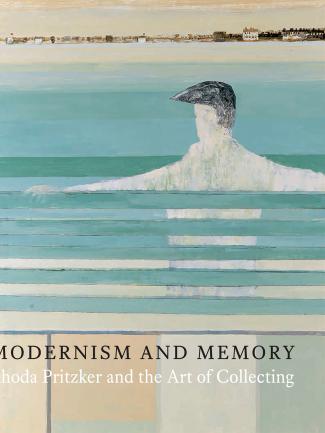
Modernism and Memory: Rhoda Pritzker and the Art of Collecting
Edited by Ian Collins and Eleanor Hughes


